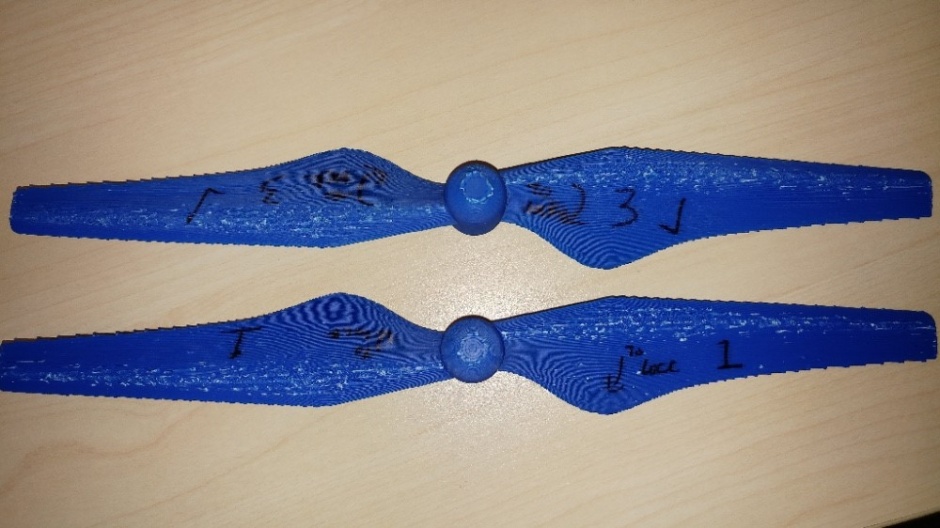Additive manufacturing (AM) is increasingly widely used to produce functional components for a range of sectors. Indeed, according to one of the biggest studies on the sector - the Wohlers report - 32.5 percent of all AM-generated objects are used as functional parts.
However, the latest study, carried out by researchers from Israel, Singapore and the US suggests that manufacturers may need to give greater consideration to the threat of cyber attacks.
In their paper titled "Dr0wned," researchers from Ben-Gurion University of the Negev (BGU), the University of South Alabama and Singapore University of Technology and Design detail how to sabotage the quality of a 3D-printed functional part, which leads to the destruction of a device.
A proof-of-concept video (see below) shows how the researchers destroyed a $1,000 quadcopter UAV drone by hacking into the computer used to control the 3D printing of replacement propellers. Once they penetrated the computer, the researchers identified the propeller blueprint file and inserted defects undetectable by visual inspection.

During flight tests, the sabotaged propeller broke apart during ascent, causing the drone to smash into the ground.
"Imagine that an adversary can sabotage functional parts employed in an airplane's jet engines. Such an attack could cost lives, cause economic loss, disrupt industry, and threaten a country's national security," said Prof. Yuval Elovici of BGU's Department of Software and Information Systems Engineering.
The collaborative study addresses the dangerous consequences of cyber attacks, and proposes a systematic approach for identifying opportunities and a methodology for assessing the level of difficulty of an attack involving AM.





April 1886: the Brunkebergs tunnel
First ever example of a ground source heat pump?